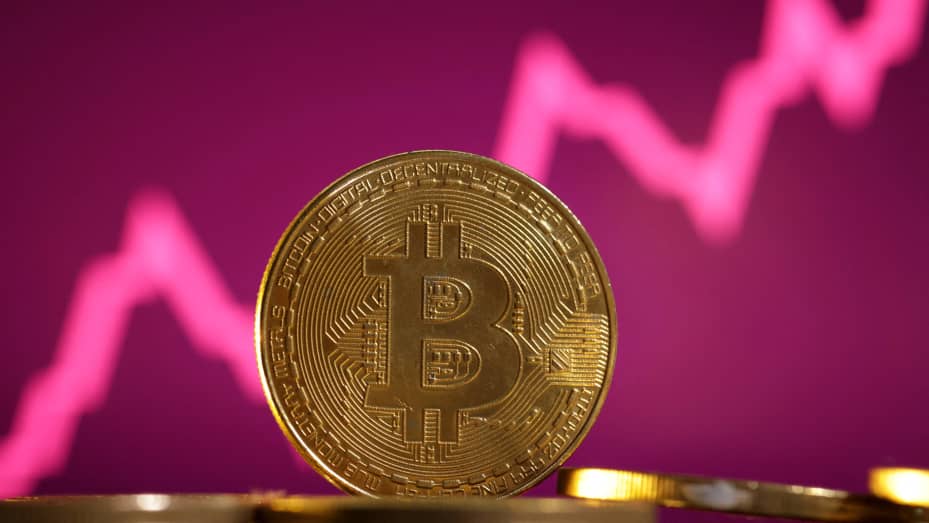Introduction:
In the ever-expanding realm of cryptocurrencies, Bitcoin has emerged as a standout player, often heralded as the “digital gold.” Since its inception in 2009, Bitcoin has transcended its initial status as an experimental digital currency to become a formidable force in the world of finance. This article delves into the multifaceted nature of Bitcoin, exploring its digital gold narrative, its underlying technology, and the broader implications it holds for the future of finance. Read on coin dex news.
1. **Understanding Bitcoin’s Genesis: Decentralization and Limited Supply**
At the heart of Bitcoin lies a revolutionary concept: decentralization. Conceived by the mysterious figure Satoshi Nakamoto, Bitcoin was designed to operate outside the traditional financial system, free from government control or centralized authority. This decentralized nature is facilitated by blockchain technology, a distributed ledger that records all transactions across a network of computers, ensuring transparency and immutability.
One of the defining features that positions Bitcoin as digital gold is its limited supply. The total number of bitcoins is capped at 21 million, a deliberate design choice to mirror the scarcity that underpins the value of traditional precious metals like gold. This scarcity, encoded in the protocol, creates a parallel with gold’s historical role as a store of value.
2. **Digital Gold Analogy: A Store of Value in the Digital Age**
The comparison between Bitcoin and gold extends beyond scarcity to their function as stores of value. Gold has long been revered as a hedge against inflation and economic uncertainty, a safe haven for investors seeking stability in turbulent times. Bitcoin, with its fixed supply and decentralized nature, aspires to fulfill a similar role in the digital realm.
In an era where traditional financial systems face challenges and uncertainties, Bitcoin offers a new paradigm for storing wealth. Its portability, divisibility, and ease of transfer across borders make it an attractive alternative for those seeking a modern-day store of value. The “digital gold” narrative gains strength as institutional investors, including hedge funds and corporations, recognize Bitcoin’s potential to act as a resilient asset class.
3. **Institutional Adoption: A Game-Changer for Bitcoin**
The narrative of Bitcoin as digital gold has received a substantial boost from institutional adoption. Previously dismissed by traditional finance as a speculative asset or a mere curiosity, Bitcoin has now secured a place in the portfolios of major institutions. High-profile endorsements from companies like Tesla and MicroStrategy, along with established financial institutions offering Bitcoin-related products, have provided validation and credibility to the digital gold narrative.
Institutional adoption has not only opened the door for widespread acceptance but has also contributed to Bitcoin’s increasing legitimacy as an asset class. Institutional investors view Bitcoin as a hedge against inflation, a diversification tool, and a potential store of value in the face of economic uncertainties.
4. **Challenges and Skepticism: Regulatory Hurdles and Market Volatility**
While the digital gold narrative gains traction, Bitcoin is not without its challenges and detractors. Regulatory uncertainty remains a persistent concern, with governments around the world grappling with how to classify and regulate cryptocurrencies. The lack of a unified global regulatory framework introduces uncertainties that can impact the mainstream adoption of Bitcoin.
Market volatility is another point of contention. Critics argue that Bitcoin’s price fluctuations make it a risky investment and question its ability to function as a stable store of value. The extreme price volatility, while attractive to traders seeking short-term gains, can be a deterrent for those seeking a more reliable store of wealth.
5. **Technological Innovation: Beyond Bitcoin’s Store of Value**
While Bitcoin pioneered the use of blockchain technology for financial transactions, the broader cryptocurrency landscape has evolved with technological innovations. Ethereum, the second-largest cryptocurrency by market capitalization, introduced smart contracts and decentralized applications (DApps), expanding the possibilities of blockchain beyond currency.
These innovations showcase the transformative potential of blockchain technology, hinting at a future where decentralized systems disrupt traditional industries. While Bitcoin remains the flagbearer of the digital gold narrative, the broader blockchain ecosystem continues to explore novel applications that may shape the future of finance and beyond.
Conclusion:
Bitcoin’s journey from a whitepaper to a globally recognized digital asset has been nothing short of revolutionary. As the digital gold narrative gains momentum, Bitcoin’s role as a decentralized store of value becomes increasingly prominent. Whether one views it as a speculative investment, a hedge against economic uncertainty, or a technological breakthrough, Bitcoin’s impact on the financial landscape is undeniable. As the digital gold standard continues to evolve, the world watches with anticipation, eager to see how this transformative force will shape the future of finance. Learn more coin desk today.


